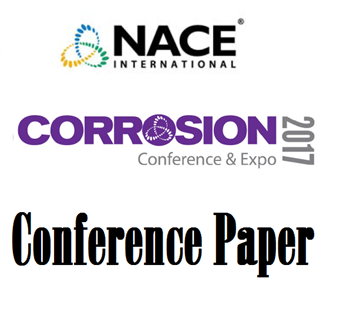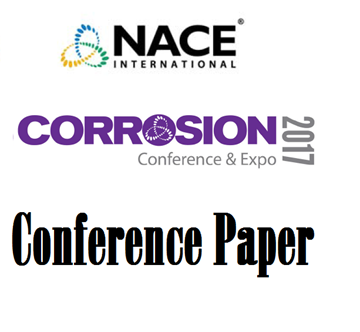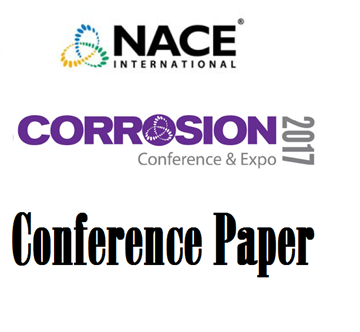Search
PBTC Revisited
Also Purchased
Guidelines for Corrosion Inhibitor Selection for Oil and Gas Production
Product Number:
51317--8842-SG
ISBN:
8842 2017 CP
Publication Date:
2017
$20.00
Protection of Equipment for Storage and Transport with VCI
Product Number:
51317--9026-SG
ISBN:
9026 2017 CP
Publication Date:
2017
$20.00
A Phosphorous-Free Alternative for Corrosion Control
Product Number:
51317--9193-SG
ISBN:
9193 2017 CP
Publication Date:
2017
$20.00
Recently viewed




